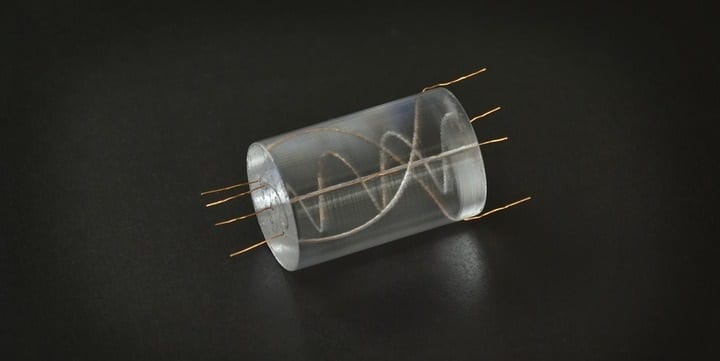The Design and Prototyping Group of the Advanced Manufacturing Research Centre (AMRC) with Boeing has developed a unique hybrid 3D printing process that allows electrical, optical and structural elements to be introduced throughout an additively manufactured component during the build process.
‘Thread’ is a patent-pending process, which means components can now be manufactured with in-built, continuous connectivity and additional functionality passing through the X, Y and Z axes. The fully automated process is suited to a variety of additive manufacturing (AM) platforms. It has so far been successfully demonstrated on machines used for 3D printing polymer components.
AMRC Development Engineer and AM specialist Mark Cocking said: “Thread has scope to simultaneously add multiple industry-recognised threads of differing materials into one component, giving the component additional functions. This will open AM up to a greater variety of uses. The development of this process is a potential game-changer. It could be used across many sectors such as medical, aerospace and automotive; where weight and size of components is critical or where components would benefit from integrated data transfer and the protection of sealed connective tracks.”
The novel process will be an advantage in the manufacture of components requiring encapsulated electronics. Components such as those used in medical prosthetics, consumer electronics or structural components that require electrical connections and until now, would have been secured externally to the component. The nature of the ‘sealed’ conductive tracks could also be of benefit for components which may be sensitive to contamination from debris, corrosion or impact.
“It has potential to be developed as an add-on technology for existing AM platforms and also incorporated into next generation AM technologies,” added Mark Cocking. Chris Iveson, who is driving the commercialisation of the technology, stated: “We see Thread transforming the functionality of additively manufactured components. Feedback from our contacts in various industries indicates a real need for this capability, with new potential applications being discussed daily. This is a great example of the AMRC using its unique expertise to solve real industry problems.”

















